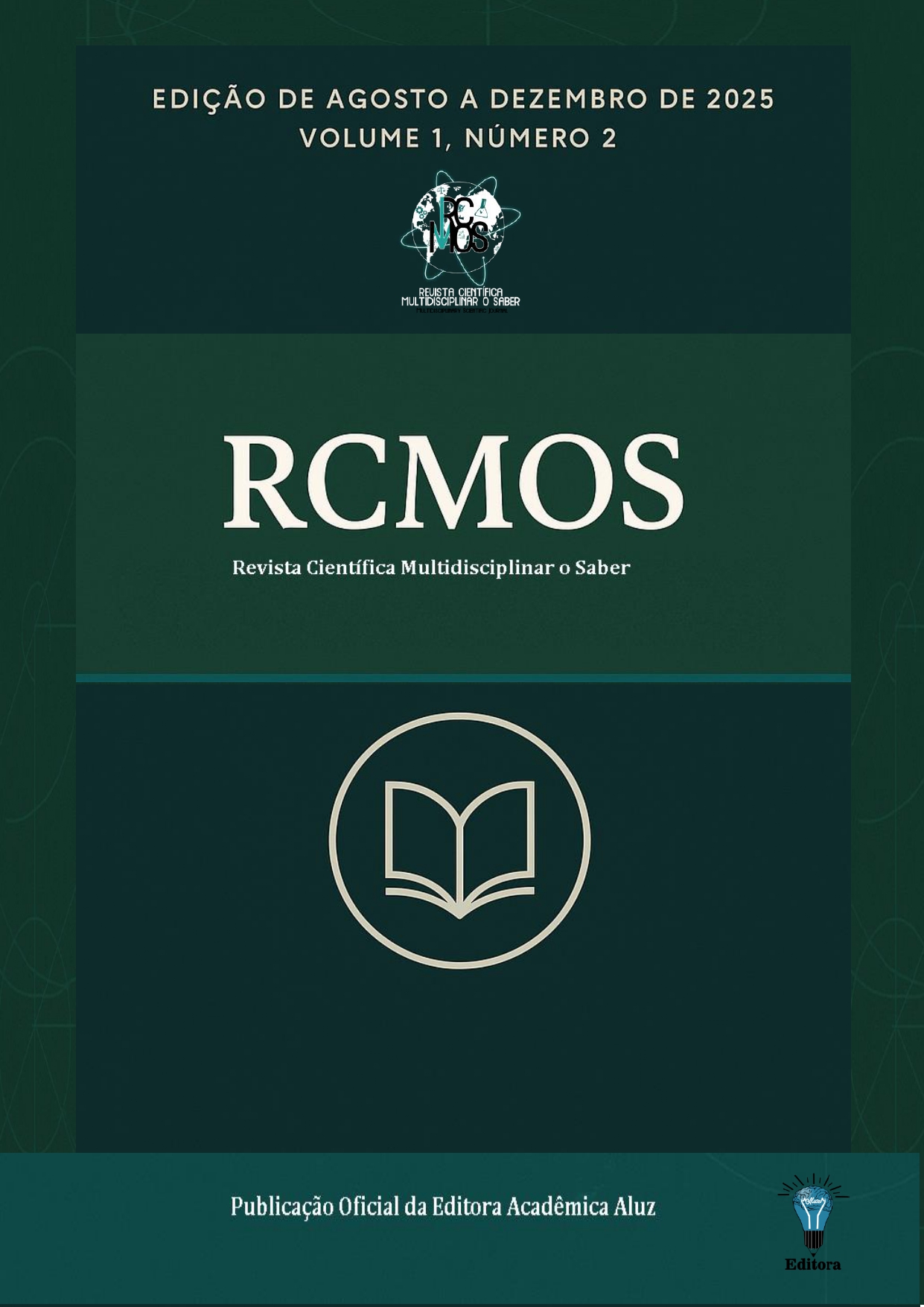Navigating the Growth Imperative: A Consultant's Perspective on Corporate Growth Strategies
DOI:
https://doi.org/10.51473/rcmos.v1i2.2025.1571Palavras-chave:
Sustainable growth; Corporate strategy; Corporate financeResumo
This article discusses the evolution of sustainable growth, which has gone from being merely a corporate aspiration to a strategic necessity. In a competitive environment where stagnation can mean decline, the continuous pursuit of expansion and value creation is presented as essential for long-term organizational success. From the perspective of strategy and corporate finance consulting, the article highlights that the ability to identify, evaluate, and execute appropriate growth strategies is the determining factor between corporate success and survival. Finally, the study examines the main paths to corporate growth, analyzing their strategic foundations, financial implications, and the contributions of scholars and practitioners in the field.
Downloads
Referências
ANSOFF, H. I. Strategies for diversification. Harvard Business Review, v. 35, n. 5, p. 113-124, 1957.
HAMEL, G.; PRAHALAD, C. K. Competing for the future. Boston: Harvard Business School Press, 1994.
MINTZBERG, H. Patterns in strategy formation. Management Science, v. 24, n. 9, p. 934-948, 1978.
PORTER, M. E. From competitive advantage to corporate strategy. Harvard Business Review, v. 65, n. 3, p. 43-59, 1987.
SIROWER, M. L. The synergy trap: how companies lose the acquisition game. New York: Free Press, 1997.
Downloads
Publicado
Edição
Seção
Categorias
Licença
Copyright (c) 2025 Diego Andres Cevallos Montalvo , Leonardo Campelo Kraycehte (Autor)

Este trabalho está licenciado sob uma licença Creative Commons Attribution 4.0 International License.
Este trabalho está licenciado sob a Licença Creative Commons Atribuição 4.0 Internacional (CC BY 4.0). Isso significa que você tem a liberdade de:
- Compartilhar — copiar e redistribuir o material em qualquer meio ou formato.
- Adaptar — remixar, transformar e construir sobre o material para qualquer propósito, inclusive comercial.
O uso deste material está condicionado à atribuição apropriada ao(s) autor(es) original(is), fornecendo um link para a licença, e indicando se foram feitas alterações. A licença não exige permissão do autor ou da editora, desde que seguidas estas condições.
A logomarca da licença Creative Commons é exibida de maneira permanente no rodapé da revista.
Os direitos autorais do manuscrito podem ser retidos pelos autores sem restrições e solicitados a qualquer momento, mesmo após a publicação na revista.













